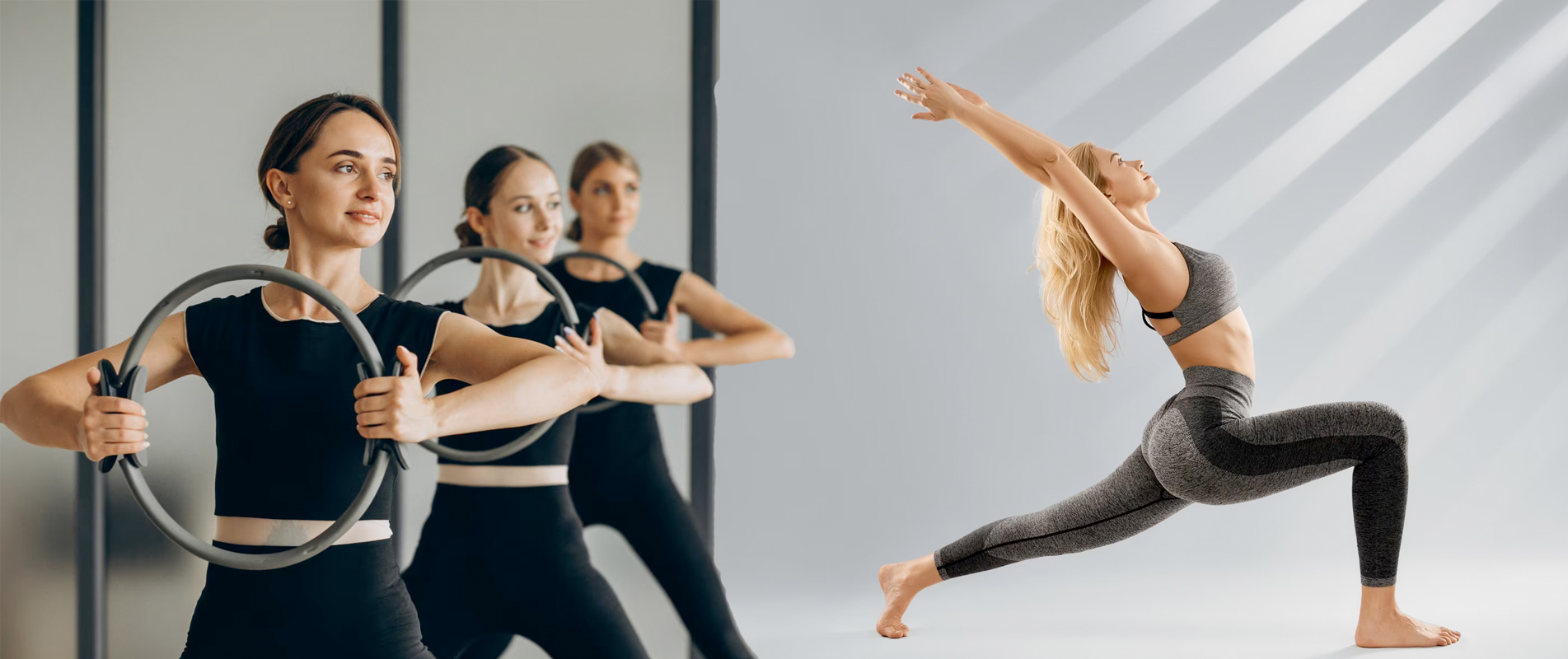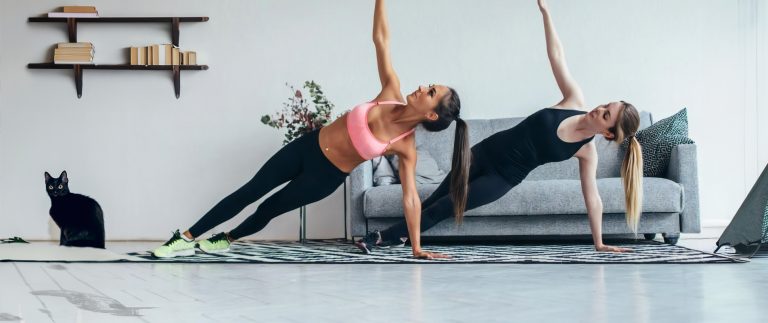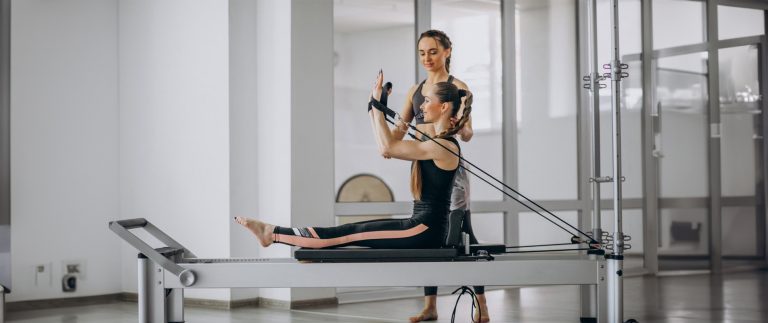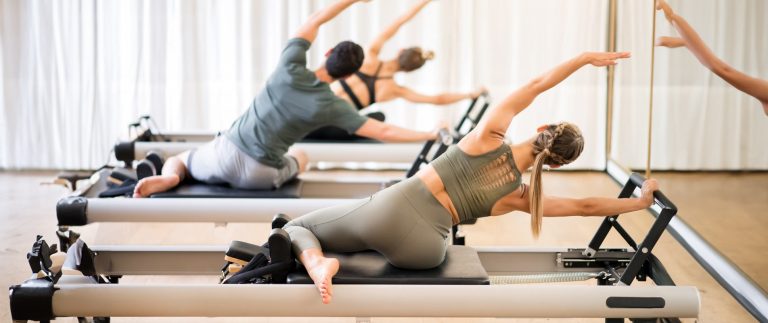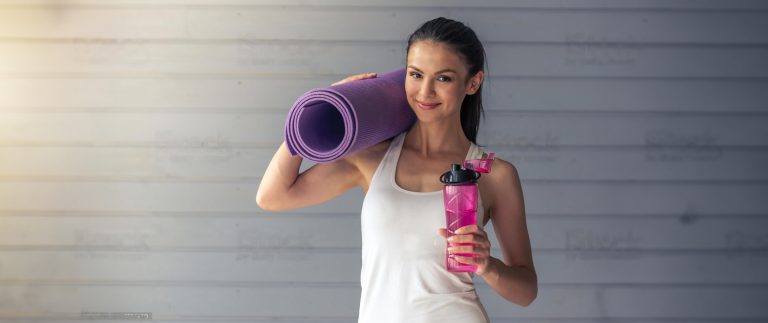The Difference Between Pilates and Yoga
Pilates and yoga are two popular forms of exercise that have gained a…
Pilates and yoga are two popular forms of exercise that have gained a lot of attention in recent years. While both disciplines share some similarities, there are also some key differences that set them apart. In this article, we’ll explore the differences between Pilates and yoga and help you decide which one is right for you.
Origin and Philosophy
Pilates was developed by Joseph Pilates in the early 20th century as a way to help injured athletes and dancers recover. The goal of Pilates is to improve strength, flexibility, and posture through a series of controlled movements that focus on the core muscles of the body.
Yoga, on the other hand, has a much longer history. It originated in ancient India over 5,000 years ago and has since evolved into a wide range of styles and practices. The goal of yoga is to achieve physical, mental, and spiritual balance through a combination of postures, breathing exercises, and meditation.
Focus on Strength and Flexibility
While both Pilates and yoga focus on building strength and flexibility, they do so in different ways. Pilates is more focused on building core strength, while yoga emphasizes stretching and lengthening the muscles.
In Pilates, you’ll typically perform a series of controlled movements that target the deep muscles of the core, including the abdominals, back, and pelvic floor. This can help improve your posture and stability, reduce back pain, and increase overall strength and flexibility.
In yoga, you’ll typically hold poses for longer periods of time while focusing on your breath and mental state. This can help increase flexibility, reduce stress and anxiety, and improve overall physical and mental health.
Equipment and Props
Another key difference between Pilates and yoga is the use of equipment and props. Pilates often involves the use of equipment such as reformers, towers, and chairs, which can help increase resistance and provide support during exercises.
Yoga, on the other hand, typically requires little to no equipment. However, props such as blocks, straps, and blankets may be used to help improve alignment and provide support during poses.
Which One is Right for You?
So which one is right for you? Ultimately, the choice between Pilates and yoga depends on your individual fitness goals and preferences.
If you’re looking to build core strength, improve posture, and reduce back pain, Pilates may be the better choice. If you’re looking to increase flexibility, reduce stress and anxiety, and improve overall physical and mental health, yoga may be the better choice.
However, keep in mind that both disciplines offer a wide range of benefits and can be adapted to suit your individual needs. Many people choose to incorporate both Pilates and yoga into their fitness routine to achieve a well-rounded workout that targets both strength and flexibility.
At the end of the day, the most important thing is to find a form of exercise that you enjoy and that works for you. Whether you choose Pilates, yoga, or a combination of both, you’ll be on your way to achieving a healthier, happier you.

